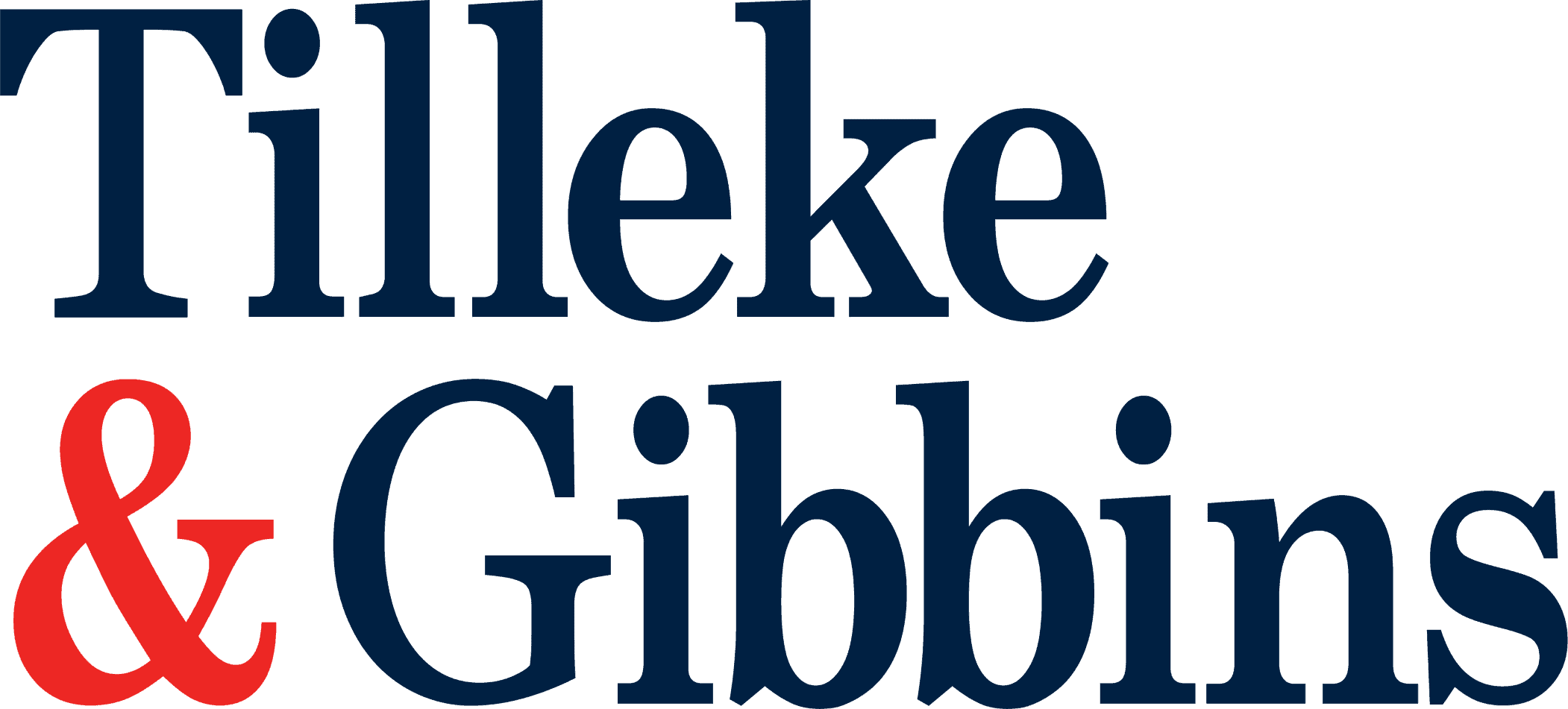
In response to consumers paying more attention to their dietary nutritional values, the food industry has taken steps to alter its approach to food product labeling. Labels that stipulate nutrient levels in food products (e.g., claiming low fat, high vitamin C, etc.) are now a common sight on food packaging. The Thai Food and Drug Administration (FDA) has, however, set certain criteria that must be met in order to make such nutritional claims and statements. Meanwhile, comparative claims, such as “the best,” “the most,” “the first,” etc., are prohibited, as the Thai FDA considers these claims to be difficult to prove.
The Thai FDA has issued legislation on “premium labeling,” a form of labeling that allows food producers to grade their food products, thus protecting their rights and the rights of consumers. The word “premium” on a food product label indicates that the food product possesses special qualities—qualities that the food producer must provide. Use of the word “premium” is subject to the approval of the Thai FDA. Such approval is obtained by citing evidence in support of the food’s “premium” quality (e.g., the food has been certified as organic, it has a geographical indication, or it has special ingredients). The first food products that received such approval were pasteurized milk and plain-fluid milk, both of which contain higher levels of milk protein, fat, and nonfat milk solids, as compared to other similar products.
Nutritional Labeling
Nutrition tables can be presented in three different formats: “full,” “short,” and “parallel.” The Ministry of Public Health’s Notification requires each table to contain certain information such as the amount of food per serving size, number of serving sizes per unit, nutrient content, and percentage of Thai Recommended Daily Intake (RDI) for each nutrient, per serving size, per day. A full format nutrition table must contain at least the following 15 mandatory nutrients:
- Total energy
- Energy from fat
- Total fat
- Saturated fat
- Cholesterol
- Protein
- Total carbohydrate
- Fiber
- Sugar
- Sodium
- Vitamin A
- Vitamin B1
- Vitamin B2
- Calcium
- Iron
However, if 8 or more of these 15 nutrients are low enough to be considered nonexistent, a short-format nutrition label can be used.

In the case that the food products must be mixed with other ingredients and/or processed according to the parallel label format, nutrition tables can be used to compare the nutritional values before and after preparation of the food product.
GDA Labeling
Obesity and related noncommunicable diseases have become global health concerns. The FDA has approached these issues by presenting nutritional information in recommended Guidelines of Daily Amounts (GDA), which aim to inform consumers of the amount of calories, sugars, fats, and sodium in food that they should be consuming daily. These guidelines are already used for some ready-to-eat foods, including fried or baked potato chips, crackers or biscuits, and wafers with fillings. These products must have nutrition and GDA labels, and must show the following statement: “Consume less and exercise for health.”
The GDA requires calories, sugars, fats, and sodium to be displayed on the front of the packaging by clearly declaring the nutrient content and the percentage of RDI per packaging unit, such as per sachet or carton. This information is shown in four cylindrical shapes. (See Fig. 2 below.)

Self-Regulating Product Labeling
On January 21, 2014, the FDA reclassified seven food products (sealed beverages, canned food, cow milk, flavored milk, fermented milk, milk products, and ice cream) as Standardized Foods. Under this category, food producers’ product labels must comply with FDA regulations and do not need label approval from the FDA. But some high-risk food products (e.g., medical foods, infant foods, modified milk for infants, weight-control foods, food additives, etc.) are still required to be submitted to and approved by the FDA for label preparation.
Which Food Labeling Requirements Have Changed?
Normally, a product label must provide the following information in Thai: (1) product name; (2) serial number; (3) importer’s or manufacturer’s name and address; (4) metric declaration of quantity; (5) ingredient list; and (6) production and expiration dates.
A noticeable change in the updated food labeling requirements is the addition of allergen information. Previously, the declaration of allergen information was on a voluntary basis. Now, it is mandatory to declare the allergen information of products that use the following ingredients:
- Cereals that contain gluten, such as wheat, rye, spelt, or hybrid varieties, and their products;
- Crustaceans and crustacean products;
- Eggs and egg products;
- Fish and fish products;
- Peanuts, soybeans, and their products;
- Milk and milk products (including lactose);
- Hard-shelled nuts (such as pistachios), nuts, tree nuts (e.g., almonds, walnuts, pecans), and their products; and
- Sulphite in concentrations of 10 mg/kg or more.
How to Comply with the Changed Regulations
Food regulations, particularly for food and nutrition labels, are becoming more dynamic and self-regulated than they have ever been in the past. Although this change in paradigm is beneficial for the food business, such autonomy means that food companies should have their labels carefully reviewed by lawyers and food consultants who have the proper technical and legislative knowledge, in order to fully comply with the law.

